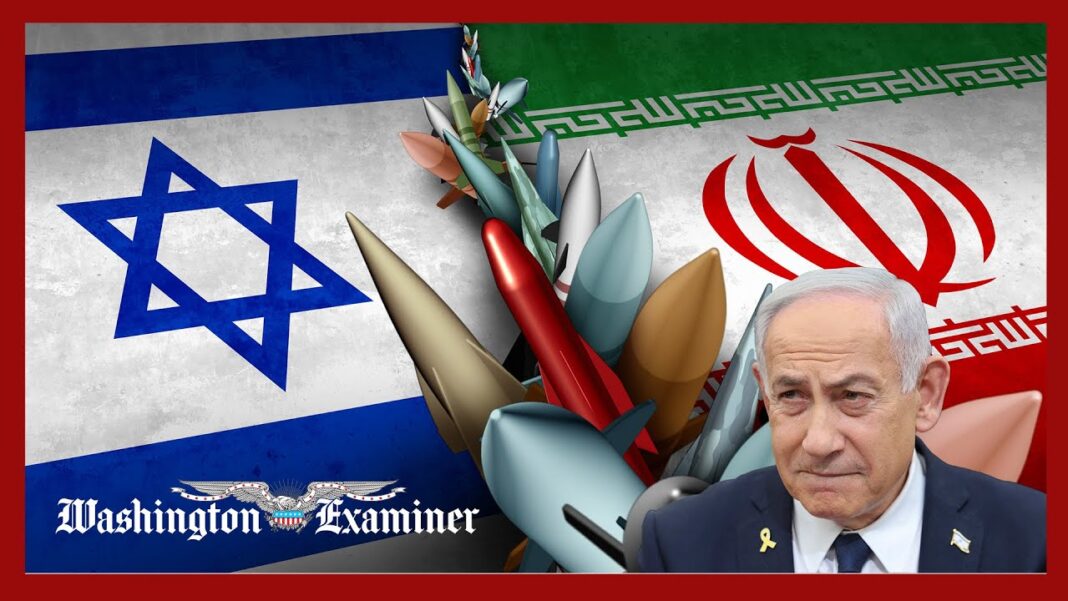The Israeli operation, named ‘Rising Lion,’ aimed to decapitate Iran’s nuclear program and eliminate the threat posed by related military capabilities.
Israel launched multiple waves of air strikes across Iran on June 13 that targeted the Islamist power’s nuclear program, key military sites, and some residential areas.
The strikes killed several of Iran’s top military commanders as well as nuclear scientists, and were aimed at preventing Tehran from acquiring a nuclear weapon, according to Israeli leadership.
In a Friday night speech, Israeli Prime Minister Benjamin Netanyahu said that Iran’s pursuit of a nuclear weapon presented “a clear and present danger to Israel’s very survival.”
Tehran denies it is seeking a nuclear weapon, and Amir Saeid, Iran’s ambassador to the United Nations, said on Friday that the 78 killed and 320 injured were primarily civilians.
The Israeli operation, named “Rising Lion” by the Israel Defense Forces (IDF), aimed to decapitate Iran’s nuclear program as well as to eliminate the threat posed by related military capabilities such as its more advanced ballistic missiles.
While the total extent of Israel’s assault remains unclear, there are now several key targets that have been independently confirmed to have been struck in the attack. Here is a list of the major targets.
Natanz Nuclear Facility
Natanz is the cornerstone of Iran’s nuclear infrastructure and serves as the nation’s central facility for enriching uranium.
The Natanz Enrichment Complex is itself located deep below ground and behind reinforced concrete walls designed to protect the facility from missile attacks.
The facility serves to enrich uranium to the highest levels that Iran is known to possess, around 60 percent, which is a short technical step away from reaching 90 percent purity, the level required for building a nuclear weapon.
Iran has roughly 605 pounds of uranium enriched up to a 60 percent threshold, according to a report by the Vienna-based International Atomic Energy Agency. That is enough to build about half a dozen nuclear weapons.
The facilities at Natanz also conduct research and development related to the development of advanced centrifuges, and, as such, any changes to Natanz’s operations would likely have a direct impact on the amount of time required for Tehran to produce a nuclear weapon.
Friday’s IDF strikes destroyed the above-ground pilot enrichment plant at Natanz, according to a statement by the chief of the International Atomic Energy Agency, although the condition of underground facilities there remains uncertain.







